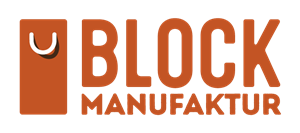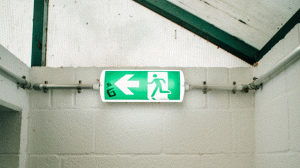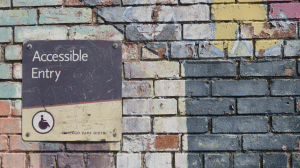Today, sustainability is in vogue everywhere. Nearly every large manufacturer is pushing for the next generation of products to be green, energy-saving, and more natural than previous models. Electric mobility – or transportation powered by electricity – is one prominent example. Yet there is fierce debate about what makes a product truly “sustainable.” With their carefully-produced batteries, are electric vehicles really more environmentally-friendly than conventional ones?
Whether we are producers or consumers, we need to seek out the hidden answers to these questions, so that we understand the true impact of our products. The first step is to examine the holistic life cycle of each product, which includes the following phases:
- Raw material extraction
- Production
- Sale and distribution
- Consumption
- Recycling
In each phase, we need to identify the most sustainable product design, so that we can select the most effective item.
So, what questions can you ask to find and purchase the most sustainable products?
1. Raw material extraction:
The process of producing raw materials is one of the most important – yet difficult – factors to evaluate. Important questions to ask include: Are the raw materials renewable? Were they harvested under well-regulated and equitable conditions? Are they durable and recyclable? Where are they from? And how much energy is needed to produce them? While you're reading this post on your laptop or smartphone, think about the raw materials your device is made from. Where do the raw materials come from and were they obtained fairly?
2. Production:
Once you’ve found renewable raw materials, look for those that have been processed with as little effort as possible. In our company, we focus on topics such as the origin and use of energy, production steps, socially just conditions, etc. Because we are a developing business, it is possible for us to determine and adjust most of these factors. For you as a consumer, however, it can be difficult to access information about production conditions unless you have technical training or experience. The site where the product was made can give you a helpful hint. Items made in the EU, for example, are required to meet the legislature’s high standards for production conditions. However, buying products from developing countries can support much-needed job creation there (particularly in the clothing industry, which has a relatively small presence in Europe). Personally, I have very high standards for what I purchase, so I balance product research and conscious consumption by limiting myself to several labels I’ve verified as credible.
3. Sale and Distribution:
During the distribution process, transportation and packing cause much damage to our environment. A significant factor is this trend is the steadily rising online trade. Shoppers can easily order three items, then return two free of charge. A study from the University of Bamberg found that Germans returned some 286 million items purchased online in 2012 (and that number is only expected to increase). So the next time you go shopping, consider trying out several products from your neighborhood store and taking the right one with you. You’ll support local business, and if you bring a backpack, you can avoid using a plastic bag.
4. Consumption:
It’s all about long shelf-life. The longer a product is used, the fewer new products will be produced (and the less emissions and waste will be generated). For manufacturers, producing durable items is more expensive, since the products are sold less frequently. They thus need to sell these items at a higher price. As a consumer, however, you’ll benefit from not constantly repairing your broken product or searching for a replacement. You can instead spend this time outdoors, enjoying nature: a trade-off that will surely improve your well-being. Look for robust, durable and timeless designs so that you can enjoy your purchases for a long time, abiding by the classic motto, “quality over quantity.”
5. Recycling:
If your favorite item is broken, you surely won’t want to let it go to waste. Recycling can give your product a second life. Almost anything can be recycled, as long as it is first sorted into its individual parts. It helps to consider whether your item can be disassembled: Are the parts held together by glue or screws? How many materials have been used? Is it possible to reuse the product, repair it, or exchange it for an upgraded version?
You might now be thinking, “Do I have to make a science of every purchase I make?” No, of course not! I am firmly convinced that if you keep these factors in mind and become more aware of what you buy, it will make all the difference. Even I cannot claim to be free of environmental sins. However, by staying aware of my impact, I am working steadily to reduce it. The next time you go to the store, you might reach for a product that’s wrapped in layers of plastic or looks flimsy and cheaply-made. Yet I can assure you that there are alternatives, and you will find them.
Maximilian Höhnke is an industrial engineer who founded the Blockmanufaktur with his business partner in February 2016. By producing solid wooden furniture, they strive to counterbalance the current trend of wholesaling and show that working with wood can involve much more than short-lived mass production and a uniform look. To live up to their high standards of sustainable management as comprehensively as possible, they also manage their own small forestry. In this way, they uphold their philosophy throughout the entire value chain, from raw materials to the final product.


Originally published October 22, 2017









